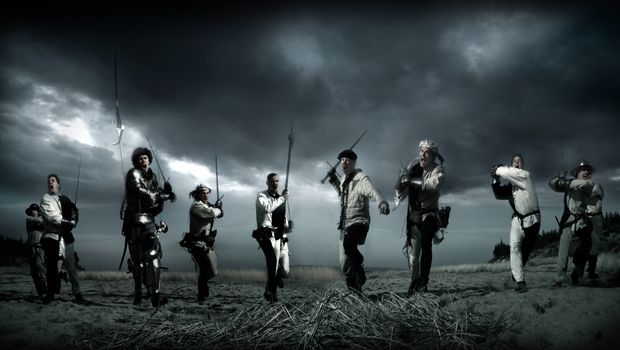Like it or not, war shapes the world. It decides geographical boundaries, exiles and migrates populations around the world, and determines the course of policy, government, and political ideologies that persist in the modern world. In other words: wars have a lasting influence on just about every sphere of modern society. Understanding world history, therefore, is impossible without studying the conflicts that have shaped it.
For the complete crash course on world history, check out Brainscape's collection of History flashcards but, for now, let's take a journey through the 13 conflicts and wars in history that have shaped our modern world ...
1. The Crusades (1095 – 1291)
During the Middle Ages, the Roman Catholic Church declared a series of holy wars, or Crusades, in an effort to wipe out any competing religions. In other words, it was a genocide carried out in the name of the Christian God.
The effort attracted civilian volunteers as well as those from the military of several European nations, and for 200 years, multiple crusader armies marched southeast to Asia Minor and the Levant, where they did battle with Islamic forces in an attempt to gain control of the Holy Land. Ultimately, however, they were unsuccessful, although they claimed the lives of some 3 million people.
Study Brainscape's flashcards on The Crusades.
2. The French Revolution (1789 - 1799)
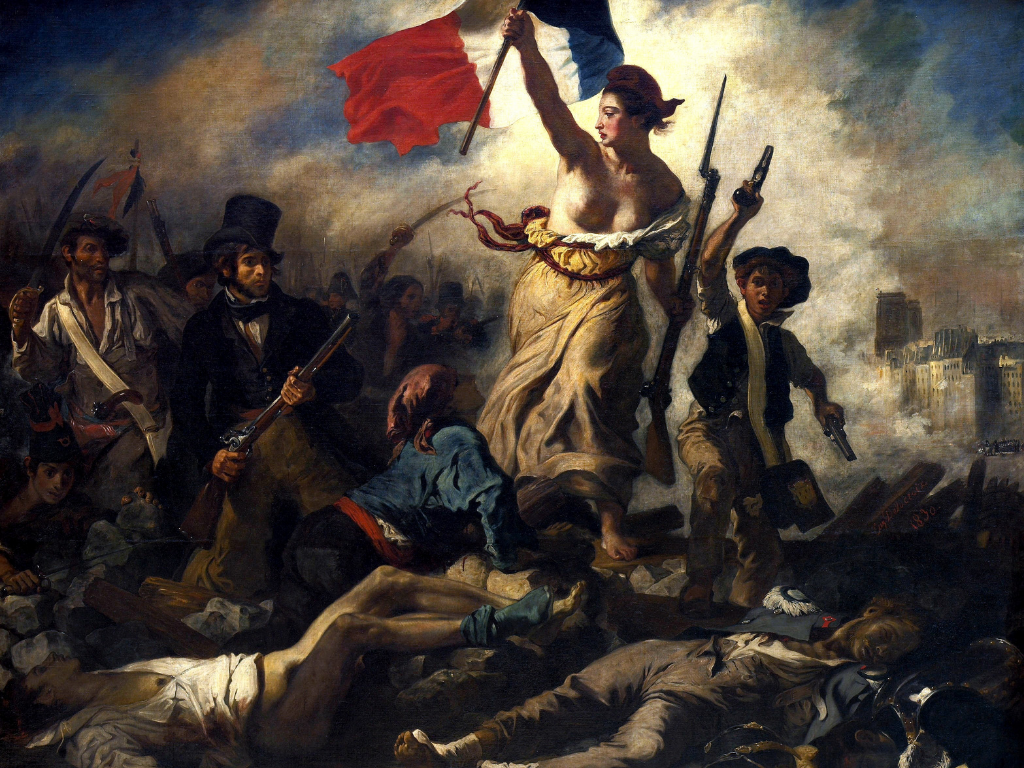
The French Revolution was a period of radical political and societal change. The "common folks" in France were heavily taxed and starving, while the rich and royal frolicked care-free. And so the former banded together to revolt against the then theocratic and monarchist governments, who were completely out of touch with the greater public.
The conflict officially kicked off with the Estates General of 1789 and ended a decade later with the formation of the French Consulate in November 1799. And THIS is really the most important and lasting legacy of this conflict: the birth of the modern democratic republic. In fact, the French Revolution is widely considered to be one of the most important political events in human history.
Study Brainscape's flashcards on The French Revolution.
3. The Mexican-American War (1846 - 1848)
In the early 1800's, three nations had laid claim to the territory of Texas: the Spanish, the French, and the Americans. Over the ensuing 30 years, Mexico gained control, but thousands of American immigrants settled in the region. These immigrants eventually rebelled against the Mexican state in 1835, winning independence as the Republic of Texas.
The Republic of Texas lasted until 1846 when it officially became part of the United States. Border disputes with Mexico escalated and led to war in 1846. Over the next two years, the American forces defeated the Mexicans and forced the cession of what is now New Mexico, Arizona, southern California, parts of Texas, and other areas of the southwest United States.
Study Brainscape's certified flashcards on American history.
4. World War I (1914 - 1918)
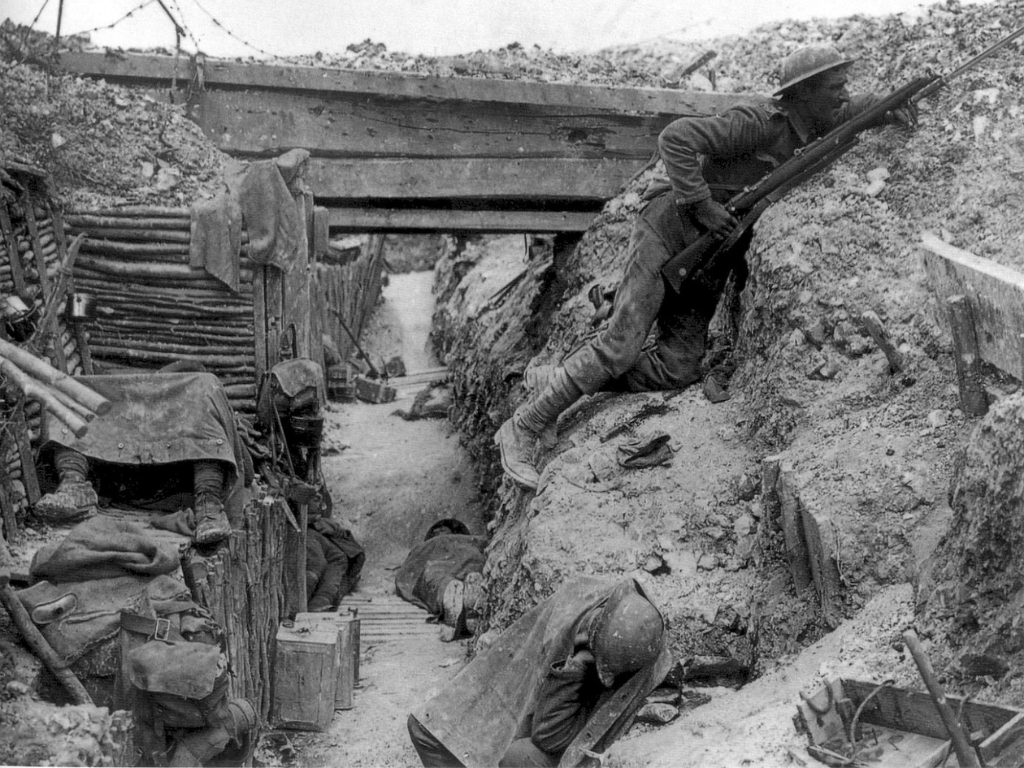
The image we all have of World War I is that of trench warfare: ugly, dirty, brutal stalemates in stinking, body-lined crevasses dug deep into the pock-marked, war-torn earth. Indeed, this did characterize much of the war but the history of the conflict extends much deeper.
The Great War, as it is sometimes referred to, officially began in 1914, when the Archduke Franz Ferdinand of Austria was assassinated. While this triggered the declaration of war, tensions had long been building between the Allied countries of Great Britain, France, Russia, Italy, Romania, Japan, and the United States and the Central powers of Germany, Austria-Hungary, Bulgaria, and the Ottoman Empire.
During World War 1, new military technologies and the horrors of trench warfare resulted in unprecedented levels of carnage and destruction, claiming the lives of an estimated 30 million civilians and militia. Ultimately, the Allied Powers won and the war was declared over in 1918.
Study Brainscape's certified flashcards on European History to learn more about World War One.
5. World War II (1939 - 1945)
One of the key outcomes of World War I was the formation of the League of Nations and the imposition of severe economic sanctions and debt-repayment obligations on Germany and the other Central Powers. These fed a festering resentment in Germany towards the Allied Powers, which gave rise to the National Socialist German Workers' Party political party, AKA the Nazi Party, lead by Adolf Hilter.
In 1939, Hitler invaded Poland and the battle lines were drawn with Germany, Japan, and Italy (the Axis Powers) taking on Great Britain, France, and China (the Allied Powers). These were joined by Russia (then, the Soviet Union) and the United States in 1941, the latter doing so after the bombing of Pearl Harbor by the Japanese.
World War II was the biggest and deadliest war in history, involving more than 30 countries and 70 million deaths, and dragging on for six years. But perhaps of greatest horror of all was the "extermination" Nazi Germany led against a spectrum of innocent people, including Jews, dark-skinned folk, communists, homosexuals, the mentally ill, and anyone other than the desired "blonde-hair-blue-eyes".
Ultimately, the war was brought to an end in 1945, and a new coalition of international forces was established for the maintenance of world peace: the United Nations. Today, the UN has 193 member nations and serves as an important arbiter of international relations, taking on issues related to war and conflict, disaster relief, environmental concerns, and human rights.
Study Brainscape's certified flashcards on World History to learn more about World War Two.
6. Israeli-Palestinian Conflict (1920 and ongoing)
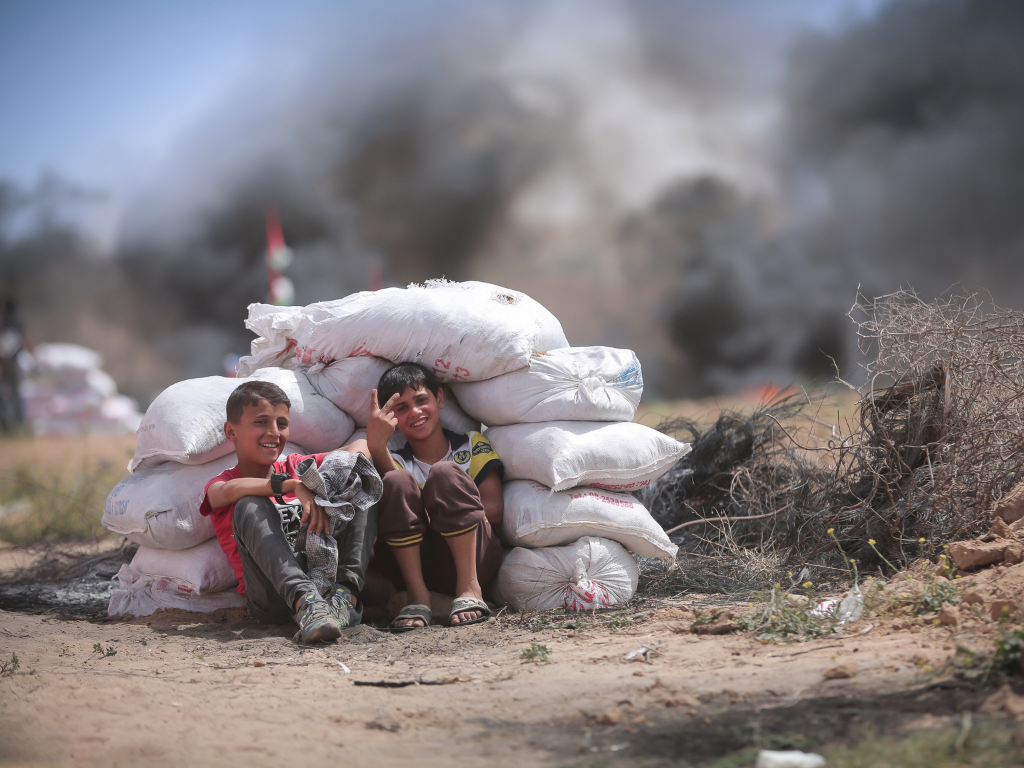
Since the 1917 Balfour Declaration, Jewish people had been moving to Palestine, which at the time was controlled by the British. Between 1920 and 1948, however, there were enormous tensions and intercommunal violence between the Israelis and Arabs, who were cohabiting 'Mandatory Palestine', a geopolitical entity in the region of Palestine.
Then, in 1948, the British pulled out and the United Nations partitioned Palestine, declaring the state of Israel. The tensions and skirmishes of the previous two decades erupted into full-scale hostilities in the 1947 - 1948 civil war, which has continued to the present day on various levels.
Essentially, the Israeli-Palestinian war is about land and who belongs where. When you have two nations who feel deeply that their ancestry, culture, heritage, and spirituality are rooted in the same soils, without compromise, you have a recipe for the ongoing war.
Study Brainscape's flashcards on the Middle East Conflict.
7. The Cold War (1946 - 1991)
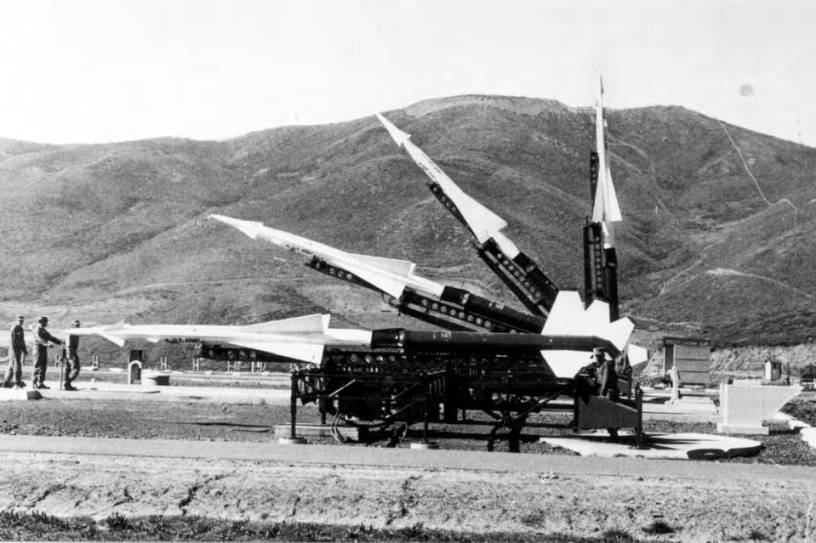
The Cold War began in the post-World War II era when both the Soviet Union and the United States were strategically poised to take economic and political advantage of the war’s aftermath. But with two diametrically opposed political ideologies (communism and capitalism, respectively), the two nations became wary of one another.
Then, for almost five decades, 1946 to 1991, the two nations and their allies became locked in a long, tense conflict. Though the war was never officially declared, the period was characterized by an aggressive arms race, during which a massive nuclear weapons arsenal was garnered; proxy wars (such as the Korean, Afghanistan, and Vietnam wars); and political wrangling and ideological bids for world dominance.
The Soviet Union eventually collapsed in 1991, exhausted politically and financially from the decades of conflict with the West.
Study Brainscape's certified flashcards on World History to learn more about the Cold War.
8. The Korean War (1950 - 1953)
Until the end of World War II, Japan ruled over Korea. Thereafter, the country was divided into the Soviet-backed Democratic People’s Republic of Korea to the north and the pro-Western Republic of Korea to the south. Then, in 1950, war broke out when some 75,000 soldiers from the North Korean People’s Army invaded the south, which was to become the first military action of the Cold War.
Within a month, the United States stepped in on behalf of South Korea, seeing the conflict as a war against communism itself. For three years, the battle raged across the 38th parallel without gain for either side. Anxious to prevent a wider war with the Soviet Union or China, the United States worked feverishly to arrive at some sort of armistice with North Korea.
In 1953, peace was declared but not before 5 million soldiers and civilians lost their lives. Today, there remains a demilitarized zone between North and South Korea as a legacy of this conflict, referred to as "The Forgotten War".
Study Brainscape's flashcards on the Korean War.
9. The Vietnam War (1955 - 1975)
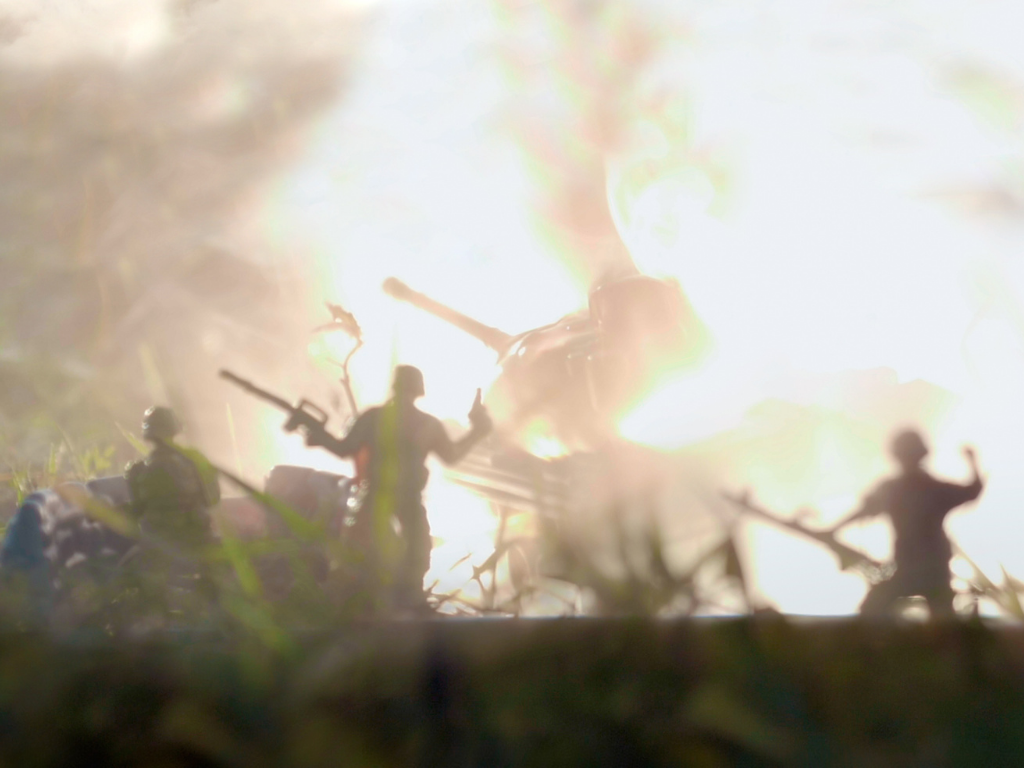
The roots of the Vietnam war lie in the French colonization of Indochina—now Vietnam, Laos, and Cambodia—in the late 1800s. Over the ensuing fifty years, resentment towards foreign rulers festered among the Vietnamese, leading to the creation of the Viet Minh, who rebelled against French control. That war lasted seven years, during which time the nationalist Vietnamese made an alliance with the Communist powers of China.
With the Cold War already stewing, and all Western eyes on any "communist threats", the Americans declared against the armies of North Vietnam, killing two million civilians on both sides, 1.1 million North Vietnamese and Viet Cong fighters, and between 200,000 and 250,000 South Vietnamese soldiers.
The Vietnam War was hugely unpopular with many factions of the American public, who were horrified by the violence, expense, and seeming lack of purpose. And so, 20 years later, the U.S. pulled out having achieved essentially nothing.
Study Brainscape's flashcards on the Vietnam War.
10. The Soviet-Afghan War
In the late 1970s, after being ruled by a king for 40 years, Afghanistan was hit by two coups that occurred in quick succession, putting a new socialist government in power. New policies by the government, which had close ties to the USSR, were unpopular with the people, which led to rebellion, civil war, and ruthless government crackdowns.
In June 1979, the first Soviet troops entered the nation and the rebels were quickly drawn into a guerrilla war of attrition with the Soviets and government forces that controlled their cities. The outlying regions, however, were controlled by insurgents who were supported by funding and weapons from the West. Eventually, in 1989, the Soviet Union withdrew.
The Soviet-Afghan War had enormous consequences that have had lasting effects on global politics and conflict. It contributed to the collapse of the Soviet Union and the creation of al-Qaeda under Osama bin Laden (a member of the Afghani resistance), which set the scene for the later U.S.-Afghan War.
11. The Iraq-Iran War (1980 - 1988) and the Gulf War (1990 - 1991)
Iraq has been the setting for many wars over the past few decades. Prompted by the Iranian Revolution and a desire to gain power in the region, Iraq invaded Iran in 1980. The ensuing war lasted 8 years and ended in an inconclusive ceasefire.
The United States supported Iraq during the war, but it was barely a few years later when the tides would turn. In 1990, Iraq invaded Kuwait, which held $14 billion in Iraqi debt from the last war. The small Kuwaiti armed forces were quickly overwhelmed. But in January 1991, a coalition of nations led by the United States led a 6-week offensive that decisively defeated the Iraqi military and forced them back.
12. The U.S.-Afghan War (2001 - 2021)
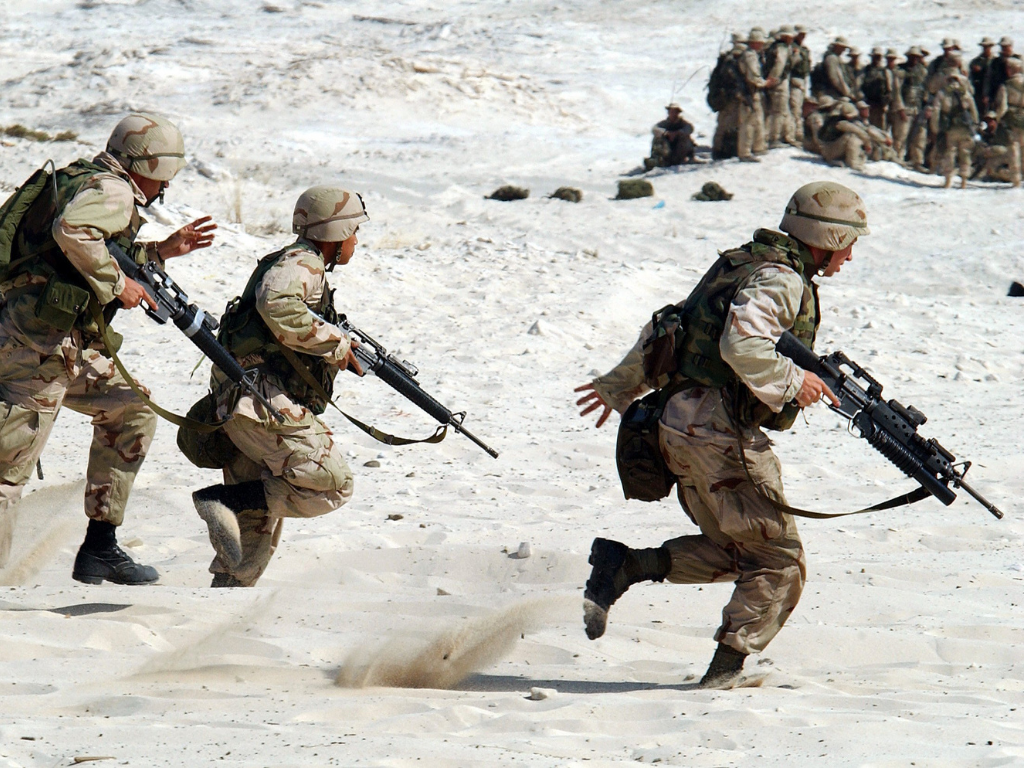
After the September 11th terrorist attacks, the United States demanded that Afghanistan turn over leader Osama bin Laden. The Taliban, a conservative Islamic organization that had come to power in 1996, refused and the United States, supported by the United Nations, invaded.
The war that followed would be the longest in U.S. history and was officially declared over in August 2021. Today, U.S. and coalition troops have finally been withdrawn from Afghanistan, but while Osama bin Laden is dead, the nation is deeply destabilized politically, economically, and socially.
13. The Iraq War (2003 – 2011)
In 2003, under the rationale that Saddam Hussein’s Iraqi government possessed weapons of mass destruction and was poised to attack the United States or other allies, a U.S.-led coalition launched an invasion of Iraq. The invasion quickly overwhelmed the Iraqi military and Saddam was captured and executed after a trial in 2006.
Despite the initial military victory, U.S. involvement was marked by extensive insurgency, which killed more than 6,000 coalition forces. Post-Saddam, the ongoing violence has claimed the lives of more than 17,000 Iraqi government forces and 110,000 civilians.
Due to the lack of evidence that Iraq posed a threat to the U.S., the instability that still plagues the nation, and an estimated war cost of nearly $2 trillion, many people compare the Iraq War to the Vietnam War.
Wars in history and learning from the past
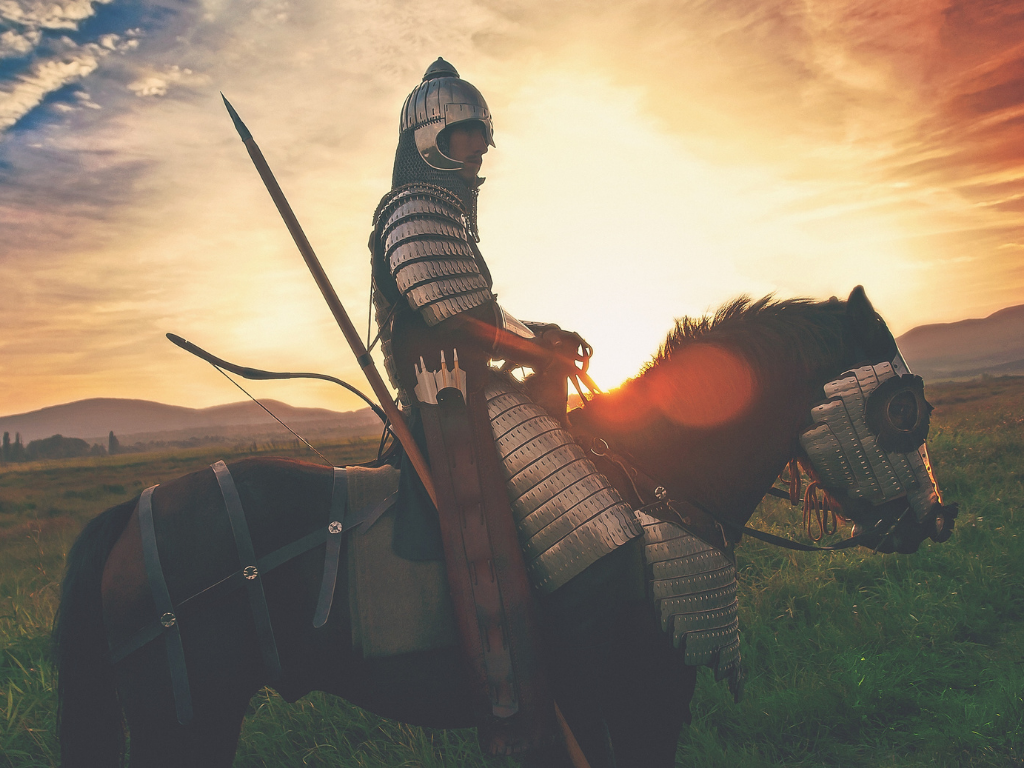
We've gone on quite the journey, we have! From the Crusades of the early 1000s to wars that are so recent, they've had direct and resounding impacts upon our lives. While it can become easy to talk about warfare and conflict in an academic fashion, one should never forget the ramifications: the lives lost, the exorbitant expense, and the collateral damage done to civilians, culture, architecture, the environment, and wildlife.
This is why history is taught in schools: so that we may never forget the lessons learned. So, if you're curious to learn more, or are studying history in school or college, take a look at Brainscape's vast collection of certified and user-generated flashcards, which have been engineered to help you learn the facts twice as efficiently as any other study method.
